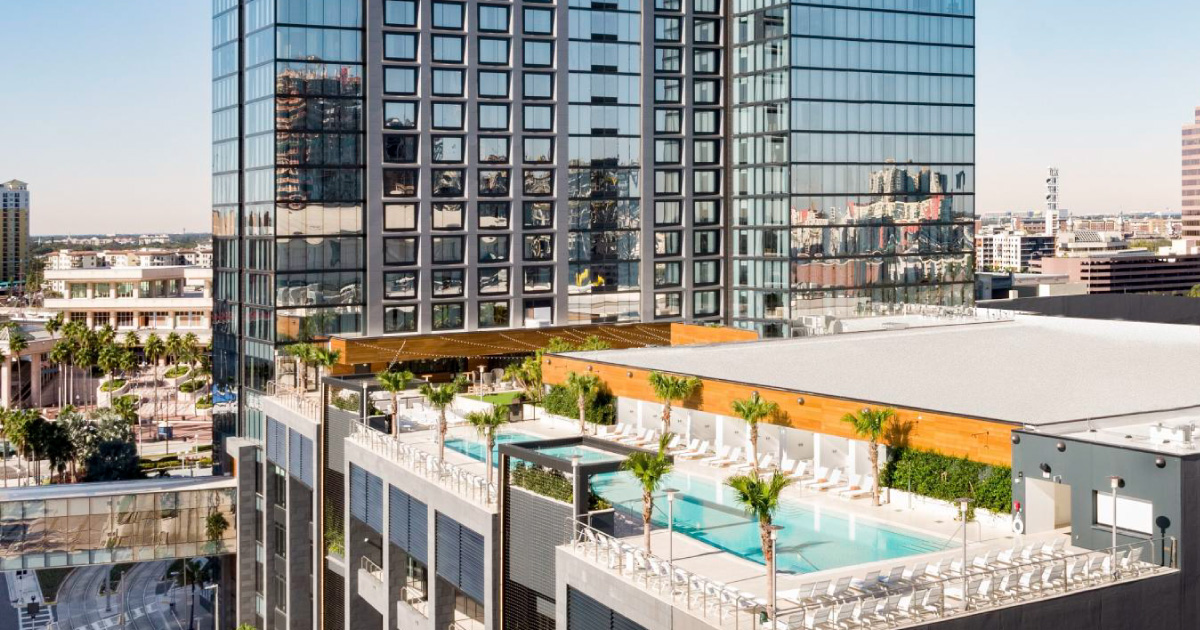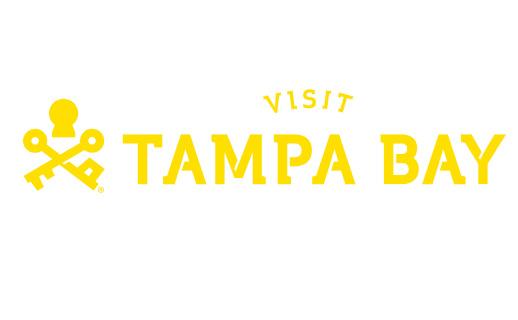“You’re not going to be able to think of every scenario,” says Jamie Santillo, “so the best thing to do is just ask.” She’s not talking about speech time limits. Or offering light or dark roast coffee. She’s talking about something more fundamental — making sure your event is accessible for people with disabilities.
A seasoned traveler, disability ambassador for Visit Tampa Bay and lifelong wheelchair user with muscular dystrophy, Santillo uses her expertise to help design accessible travel experiences. About her travel agency, Adventures by Jamie, she says, “I believe I’m one of the first agencies to really focus on accessible travel. People with disabilities travel and spend a lot of money doing it,” which includes attending meetings.
Integrating Accessibility into Your Meeting
Accessibility is key to a rewarding event. As Santiago C. Corrada, president and CEO of Visit Tampa Bay, notes about his city which is a meeting hotspot, “Our core mission has always been to inspire all travelers to visit Tampa Bay, including visitors with special needs. As a host destination for a wide variety of national and international meetings and events, we continue to work closely with accessibility ambassadors like Jamie to ensure our convention center, hotel partners and major attractions accommodate all accessibility needs.”
Accessibility Takes Center Stage for Presenters
In addition to a ramp onto the stage, presenters with disabilities might need a different speaking set up. This may include removing the lectern because it’s too tall for wheelchair users. And it means offering appropriate technology such as remote controls for switching slides, different types of microphones and the right laptop cords.
From Seating to Breakouts and Handouts, Accessibility Matters
Examine your venue as a whole, especially the seating arrangement. More recently constructed spaces feature wider aisles where attendees in wheelchairs can watch presentations. However, older venues might need a closer look to see if the aisles are wide enough.
Consider the areas where breakout sessions happen. Discussions at tables and spaces for smaller gatherings should also be able to accommodate wheelchairs.
Then look outside the presentation area. Are potted plants or other items in front of elevator buttons? If so, they may be difficult to reach from a wheelchair. Do restroom trashcans feature foot pedal-operated lids? This is also not ideal for wheelchair users. Is there an area for attendees with sensory needs to take a quiet moment? This is important to offer amid the hustle and bustle of your event.
Additionally, consider your event’s content. Some attendees might need sign language interpreters. Others might need the aid of screen readers.
Finally, some attendees might require aides to travel with them. These aides provide essential support and should receive ticket-free access to accompany the attendee.
Your Most Effective Tool? Asking What’s Needed
Santillo recommends asking what attendees need during the sign-up process. Google Forms and other online tools make this easier to do than ever before.
From your registration forms to the stage set up to the seats, accessibility is integral to a memorable event. With careful consideration and collaboration, you can help stay prepared at every stage of your meeting.
For more insights and to see how Visit Tampa Bay can help build accessibility into your event, go to TampaMeetings.com.



